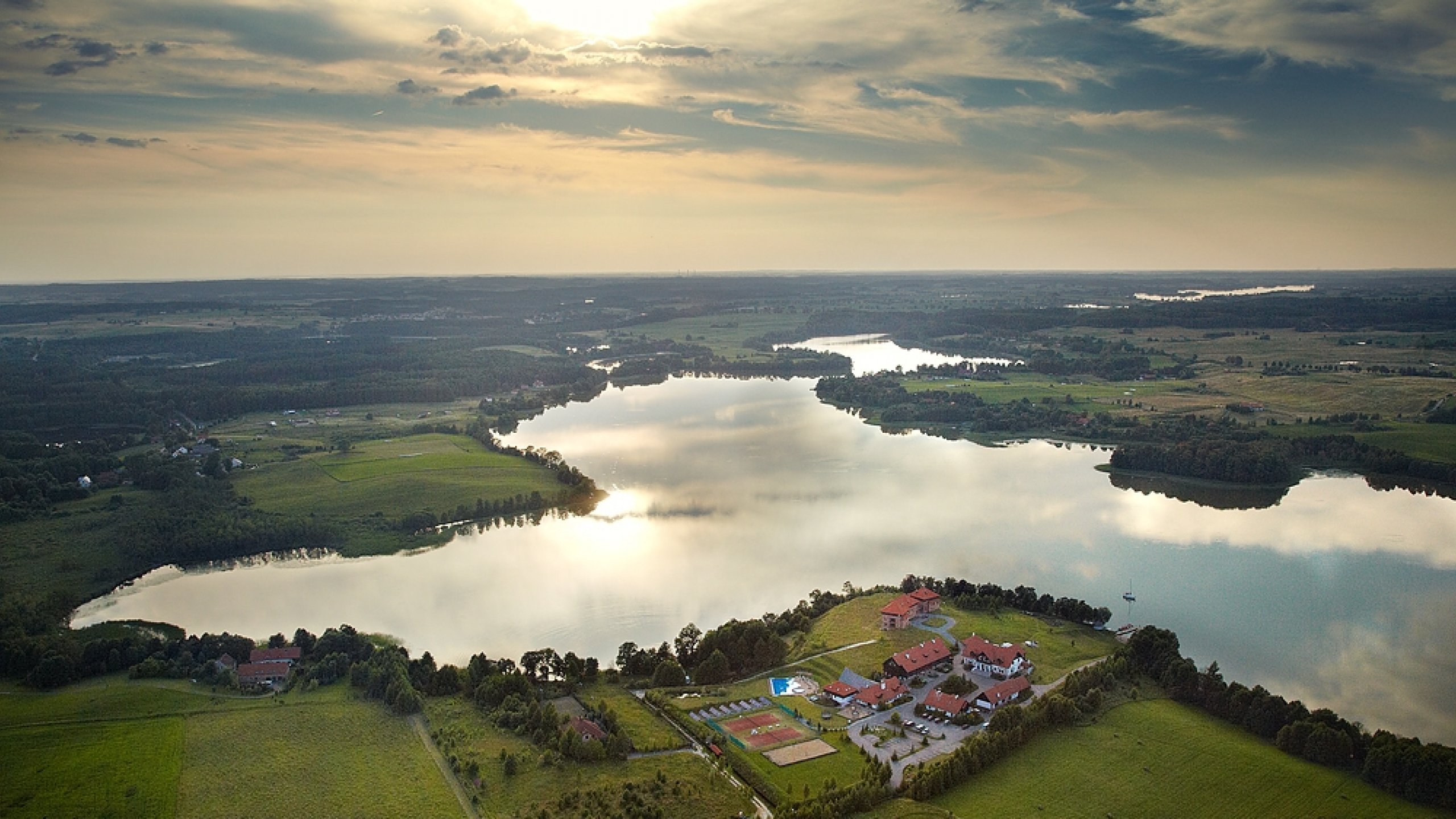1. Hitler’s Headquarters in Mamerki
Near Węgorzewo, in the village of Mamerki, you’ll find one of the best-preserved bunker complexes from World War II. Consisting of more than 30 concrete structures, the complex once served as the headquarters of the German Army High Command (OKH).
What makes this place special? Above all, the bunkers are remarkably well preserved, and the entire area carries an air of mystery.
Legends and Discoveries: Mamerki made headlines in 2016, when speculation arose that the famous Amber Room might be hidden in one of the bunkers. Although research later disproved the theory, the site continues to attract history lovers and treasure hunters.
Visiting: Educational walking paths and access to selected bunkers are available to visitors. Don’t miss the reconstructed submarine on display — a fascinating addition to this historic site.
2. The Pyramid in Rapa – Masuria’s Mystery
In the small village of Rapa, near the Russian border, stands a unique building — the family pyramid of the Fahrenheid family. Built in 1811 on a square plan, it draws tourists with its originality and the many legends surrounding it.
Mysterious Energy: Some claim that the pyramid’s proportions correspond to the energetic principles used in ancient Egypt. The site was meant to ensure eternal peace for the family members buried here. Today it attracts not only history enthusiasts but also those who believe in its unusual energy properties.
Visiting: Although the interior is not open to the public, simply walking around the pyramid and its surrounding park offers a memorable experience. It’s the perfect place for a quiet moment of reflection and escape from everyday life.
3. The Stańczyki Bridges – Monumental Aqueducts of Masuria
The Stańczyki Bridges, also known as the aqueducts of the Romincka Forest, are among the tallest railway bridges in Poland. Their impressive height (36.5 meters) and architecture, inspired by Roman aqueducts, make them a true engineering gem.
History: Built in the early 20th century, the bridges were intended to serve as part of the Łękuk–Gołdap railway line. Although the line was never fully used, today the bridges are a major tourist attraction and viewpoint, offering breathtaking views of the surrounding forests and valleys.
Attractions: Stańczyki is also a popular spot for extreme sports enthusiasts, including bungee jumping. It’s an excellent destination for both families and thrill-seekers.
4. Boyen Fortress in Giżycko
In the heart of Masuria, in Giżycko, lies Boyen Fortress — a 19th-century Prussian stronghold built in the shape of a star. Its strategic location between Lakes Kisajno and Niegocin made it a key defensive point.
What to See: Today, Boyen Fortress is not only a historical monument but also a venue for numerous cultural events. Concerts, festivals, and historical reenactments bring the site’s past to life. When visiting, explore the museum and take a walk along the defensive walls, which offer beautiful views of the surrounding area.
5. The Masurian Canal – An Unfinished Engineering Marvel
The Masurian Canal is an unfinished hydrotechnical project intended to connect Masurian lakes with the Baltic Sea. Construction began in the 1930s but was never completed. The remaining locks and sections of the canal are now fascinating relics of the era’s ambitious engineering plans.
Visiting: Tourists can explore the impressive locks at Leśniewo. A walk along the canal is like a journey back in time, providing a chance to reflect on the grand ideas of the past.
Masuria – A Land Full of Secrets
Masuria is a region that enchants not only with its natural beauty but also with its rich history and unique attractions. Exploring these lesser-known places is a way to experience something extraordinary and feel the spirit of this magical corner of Poland. When planning a trip to Masuria, be sure to include these spots — each one tells a story worth discovering.


